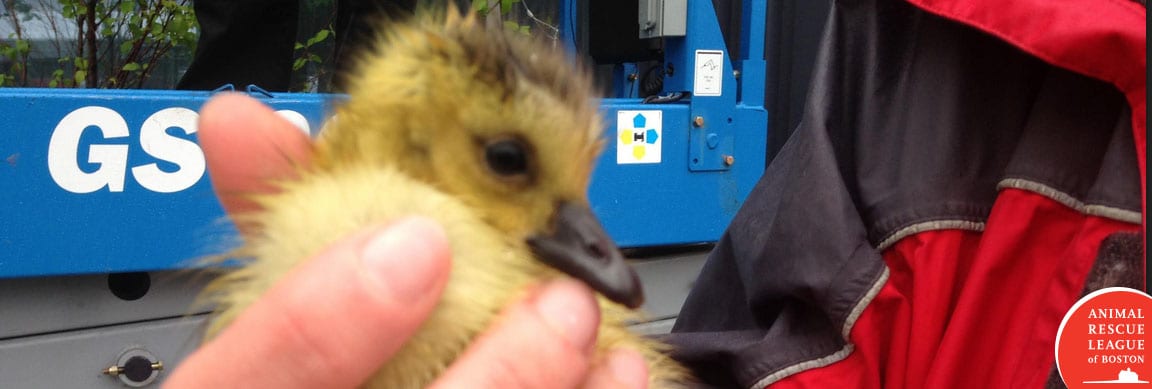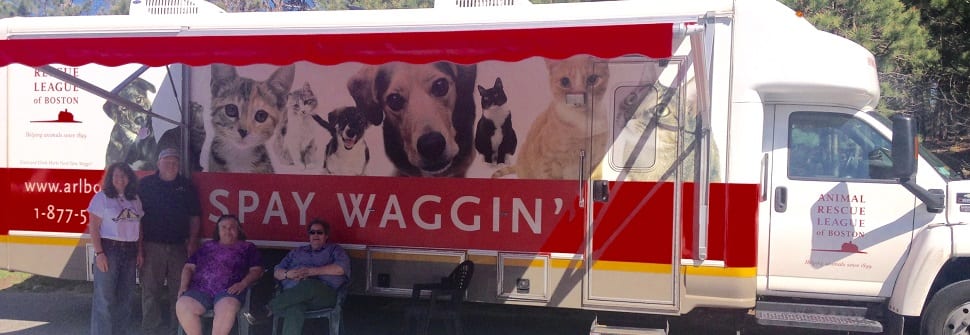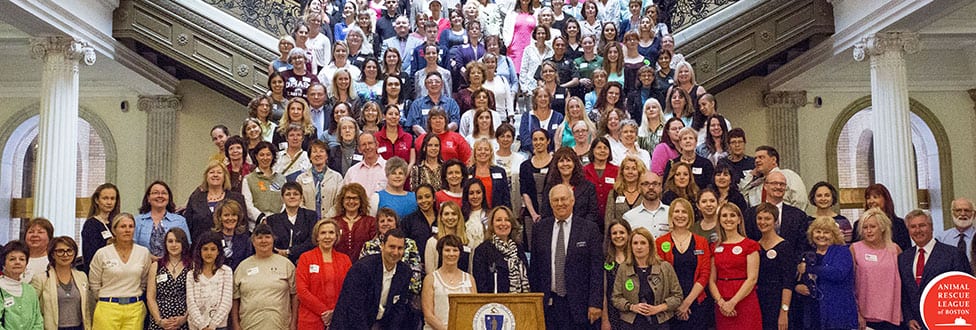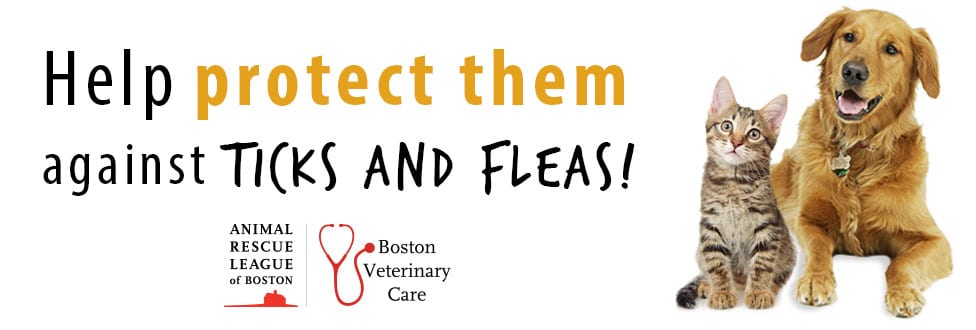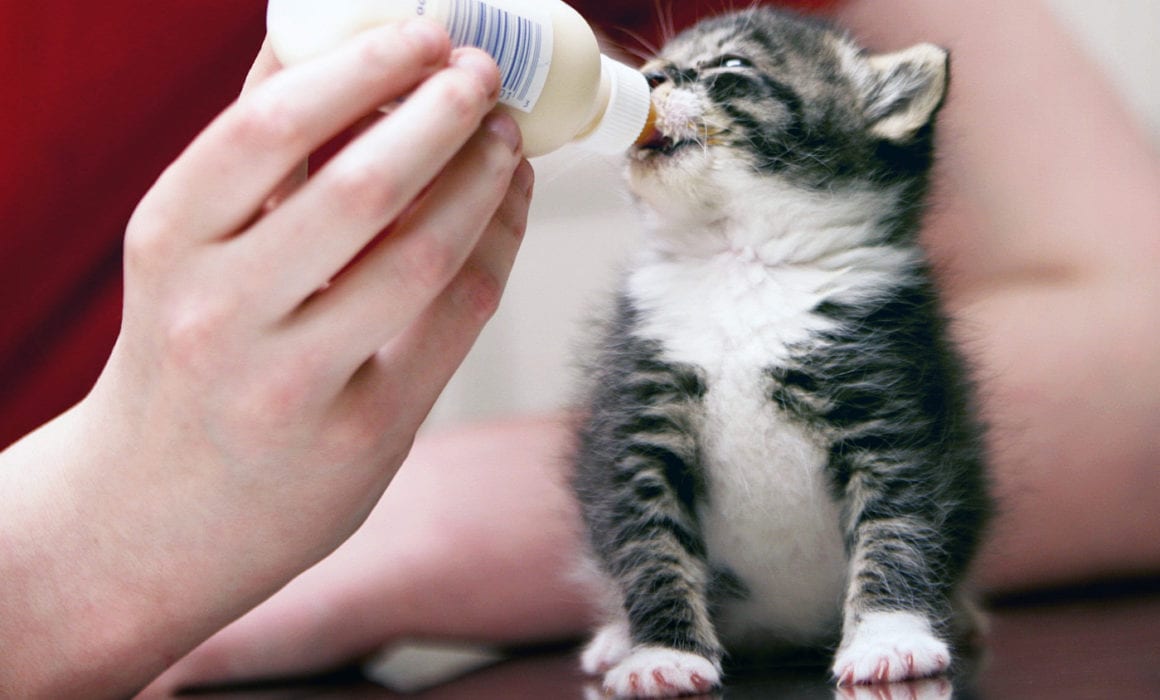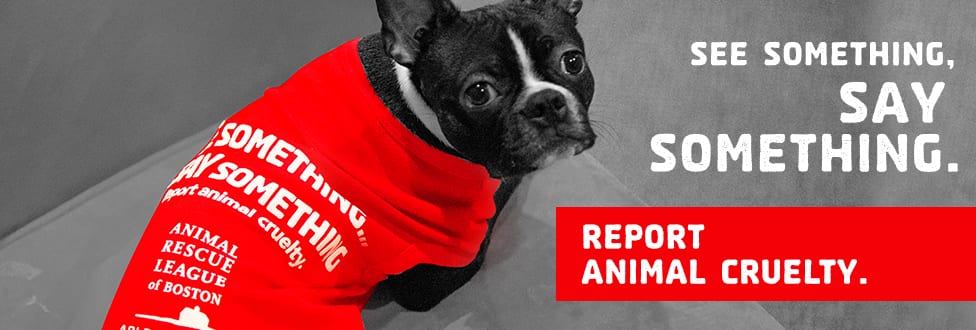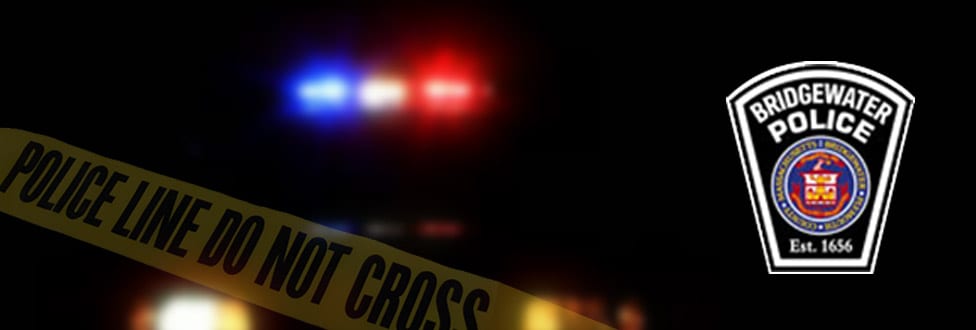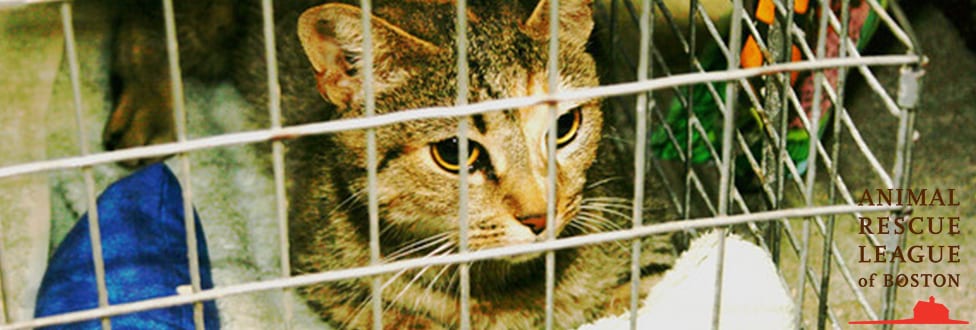ARL Rescue Services On the Scene – Relocates Two Families of Geese
ARL Rescue Services helps geese families get back to nature
Spring is the start of baby bird season—and a busy time for animal rescue as bird parents sometimes choose unsafe places to bring their new babies in Greater Boston!
Last week, ARL Field Services was called in to help two separate families of geese from their temporary urban nests back to the river bank.

Danielle Genter, senior rescue technician, carefully approaches the baby gosling who had slipped off onto a second-floor ledge.
In Brighton: News station WGBH called the ARL after a family of Canada geese had made refuge on a small patch of grass on their building’s roof. One of the baby goslings had slipped off onto a second-floor ledge and was desperately trying to make his way back up to his family.
On the scene, ARL Rescue Services rescued the fallen baby bird and proceeded to wrangle up the mother goose and her other two goslings to move them to safety. The father goose wasn’t all that accepting of the idea his family needed to move and put up the biggest struggle.
ARL’s Danielle Genter told WGBH reporters, “There’s only certain circumstances where we can move healthy wildlife… On a roof where they don’t have access to food – this would be one of those circumstances.”
In Boston: Just a few miles down the road, another family of geese was making quite a spectacle at Beth Israel Deaconess Medical Center. ARL Rescue Services made their way to the scene after being notified that four goslings had hatched.
Over the last month, the mother and father geese gained quite a fan base as they made their nest in an empty concrete planter near a parking garage on West campus. In an effort to keep the geese and their un-hatched eggs safe, Beth Israel had thoroughly roped off the area with caution signs warning people to keep a safe distance.
“They kind of became mascots, and people took a lot of interest in them,” said Brendan Raftery, the hospital’s maintenance supervisor. “They became quite the thing here.”
Once all four hatchlings were born safely, ARL was called in to relocate the entire family. Although hospital staff was sad to see the geese go, they felt better knowing they were safe in their new home along the river bank.
Did you know? Not all baby birds found alone or on the ground are in distress. To determine whether or not to intervene, follow this helpful flow chart.

